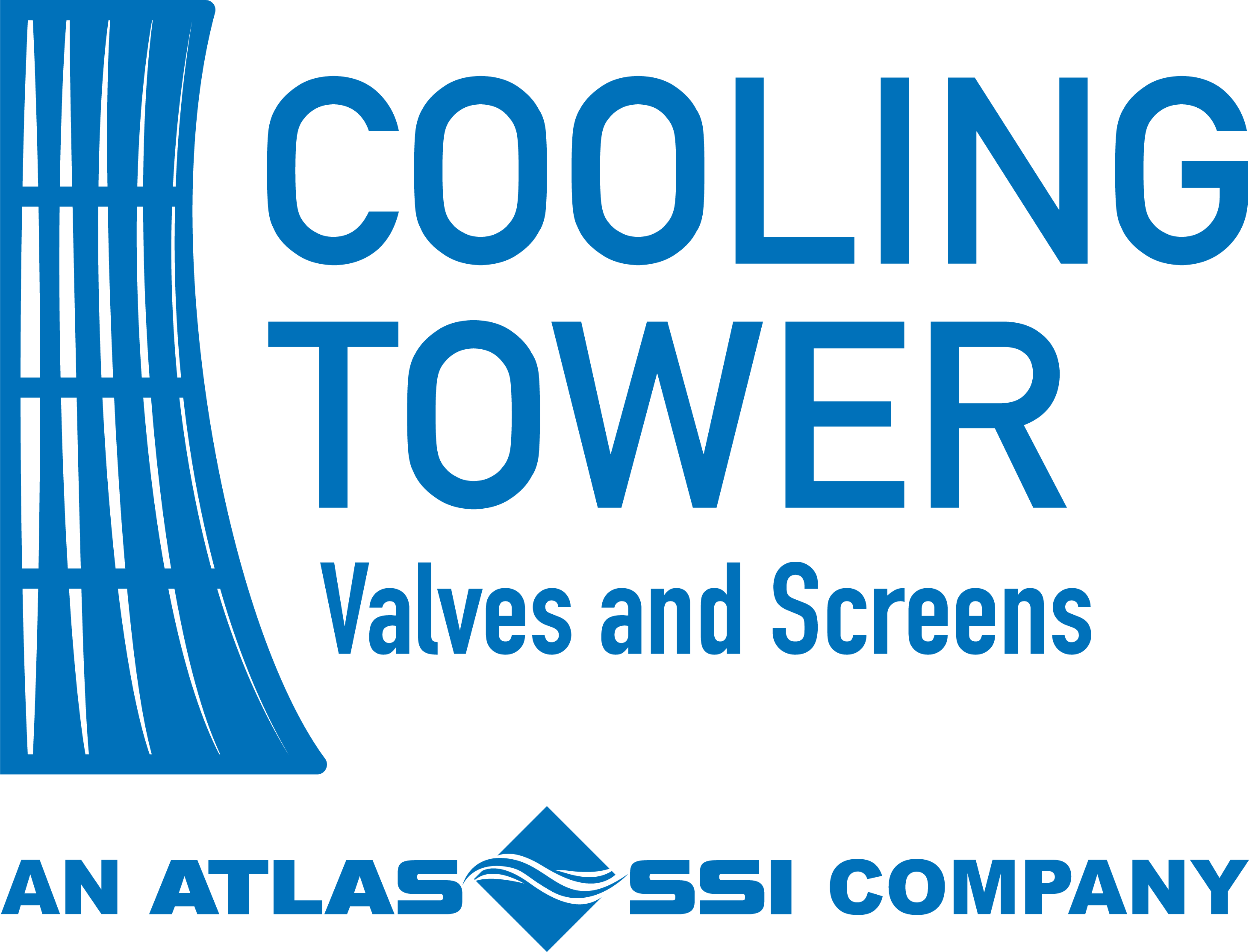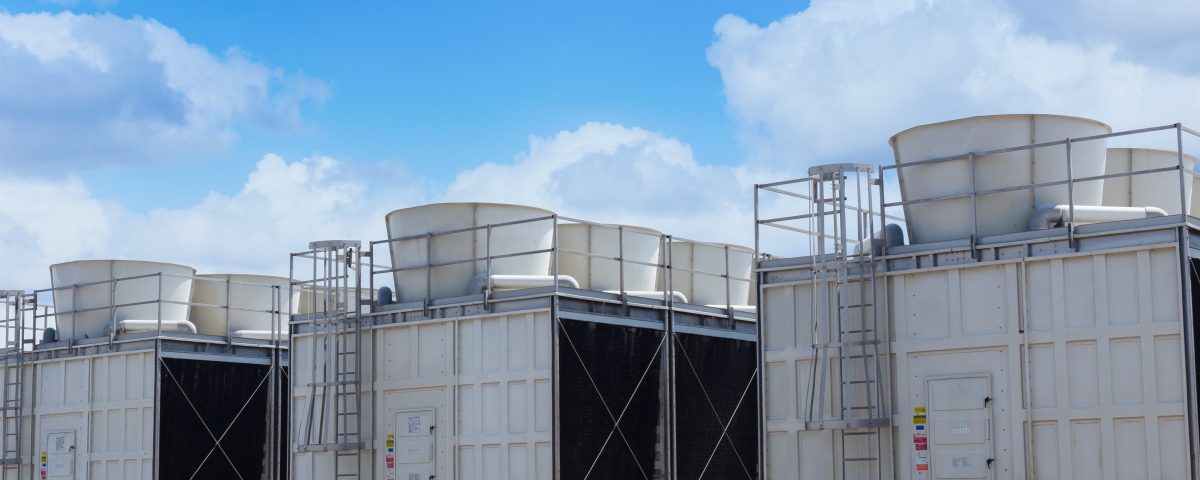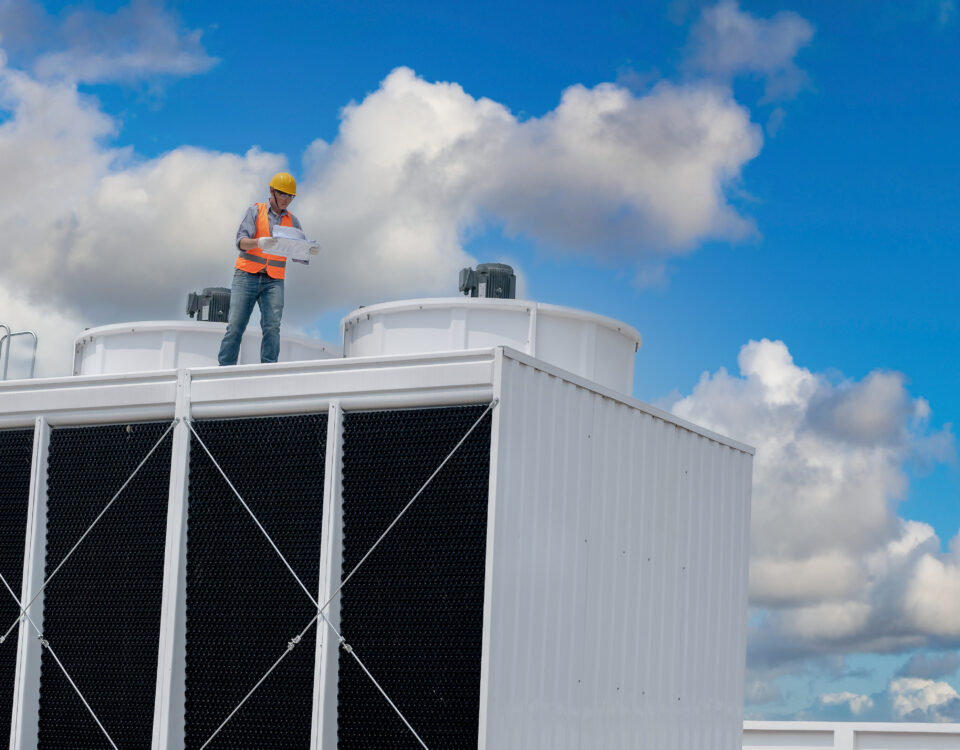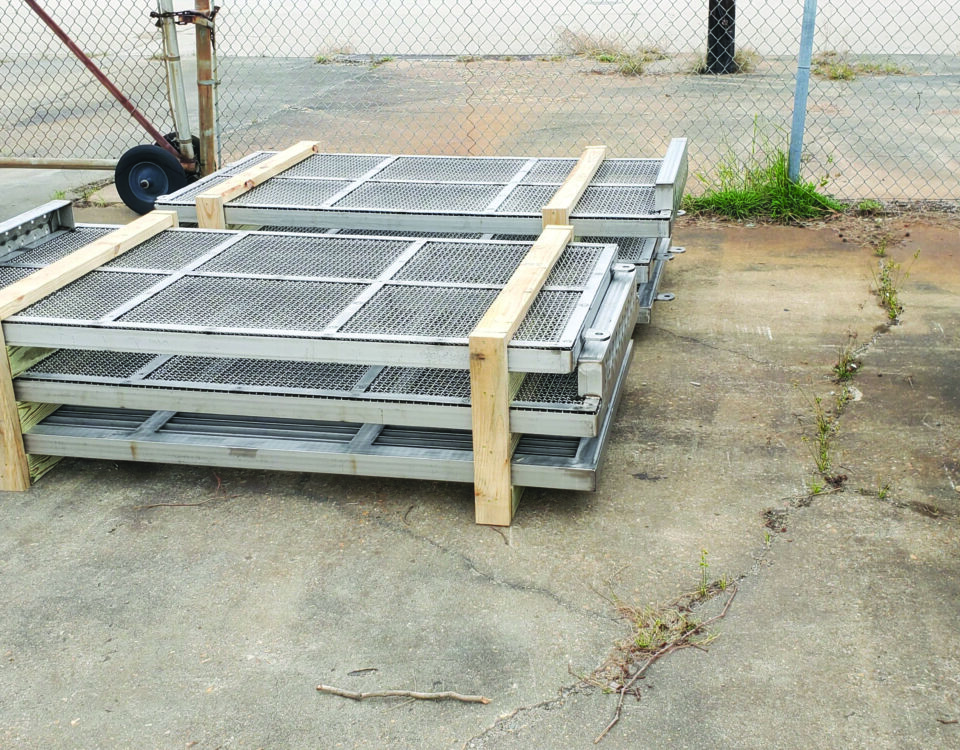
Industrial Cooling Tower Screen Repair: Reducing Maintenance Costs
April 25, 2023
What is a Traveling Water Screen?: Three Things to Consider for Your Cooling Tower
May 10, 2023Cooling Towers in Baton Rouge: Preventing Cooling Tower Fouling with Traveling Water Screens
Cooling towers are common infrastructure across a variety of facilities in many different industries. Keeping them up and running is an important task, and if they need to be shut down, that can be a costly decision. Even standard maintenance intervals can be an expensive downtime event. However, making repairs and replacements can wreak havoc on both operational schedules and the bottom line.
The most common maintenance and damage issues that occur in cooling towers stem from pumps and exchangers. These elements are critical in the cooling tower process and are generally protected by the water screen that captures debris and keeps it from impacting these components. Leaves, sticks, and various natural and other debris and elements can easily find their way into the inner workings of cooling tower systems, making water screens essential.
There are two types of water screens, stationary and traveling. There are distinct advantages to traveling water screens that not only protect cooling tower systems but also mitigate the need for regular maintenance and its corresponding downtime and resources.
What is a Traveling Water Screen for a Cooling Tower?
Traveling water screens are designed to minimize cleaning and maintenance. As any screen or filter becomes clogged, it needs to be cleared of debris to continue performing at an optimum level. These filters can be rotated manually or through automation on an interval, meaning that little to no attention is required from facility personnel.
Do Traveling Water Screens by Vari-Flow Need to be Removed to be Cleaned?
Vari-Flow’s traveling sump screens never need to be pulled or removed for cleaning. They can be rotated 360 degrees, with the debris being backwashed into collection pans. This ability saves time and money while keeping cooling tower systems online and performing at an optimum level.
The ability of the Vari-Flow sump screens to be effortlessly cleaned means that the critical components within a cooling tower stay protected. Vari-Flow products reduce the overall costs of operation while mitigating the risk and cost of expensive repair and replacement, in addition to costly downtime and operational interruption.




